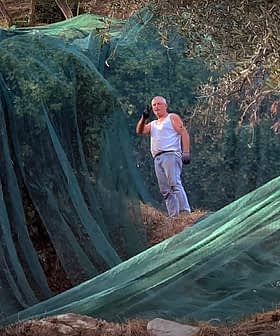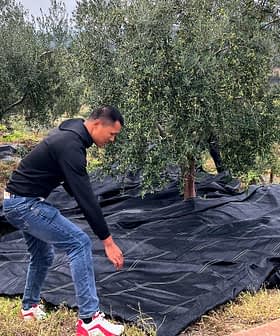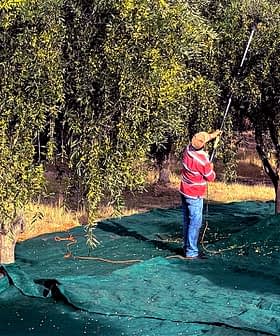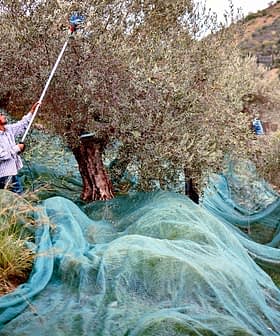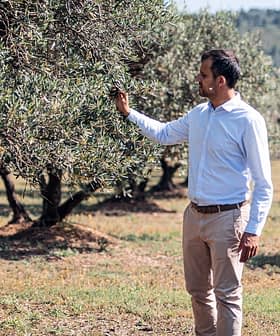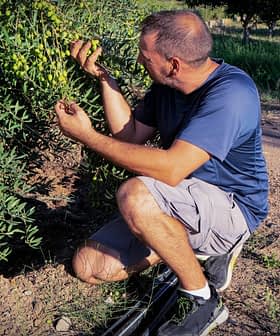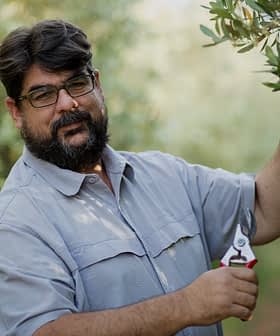Croatian Farmers Turn to Foliar Analysis to Improve Yields and Quality
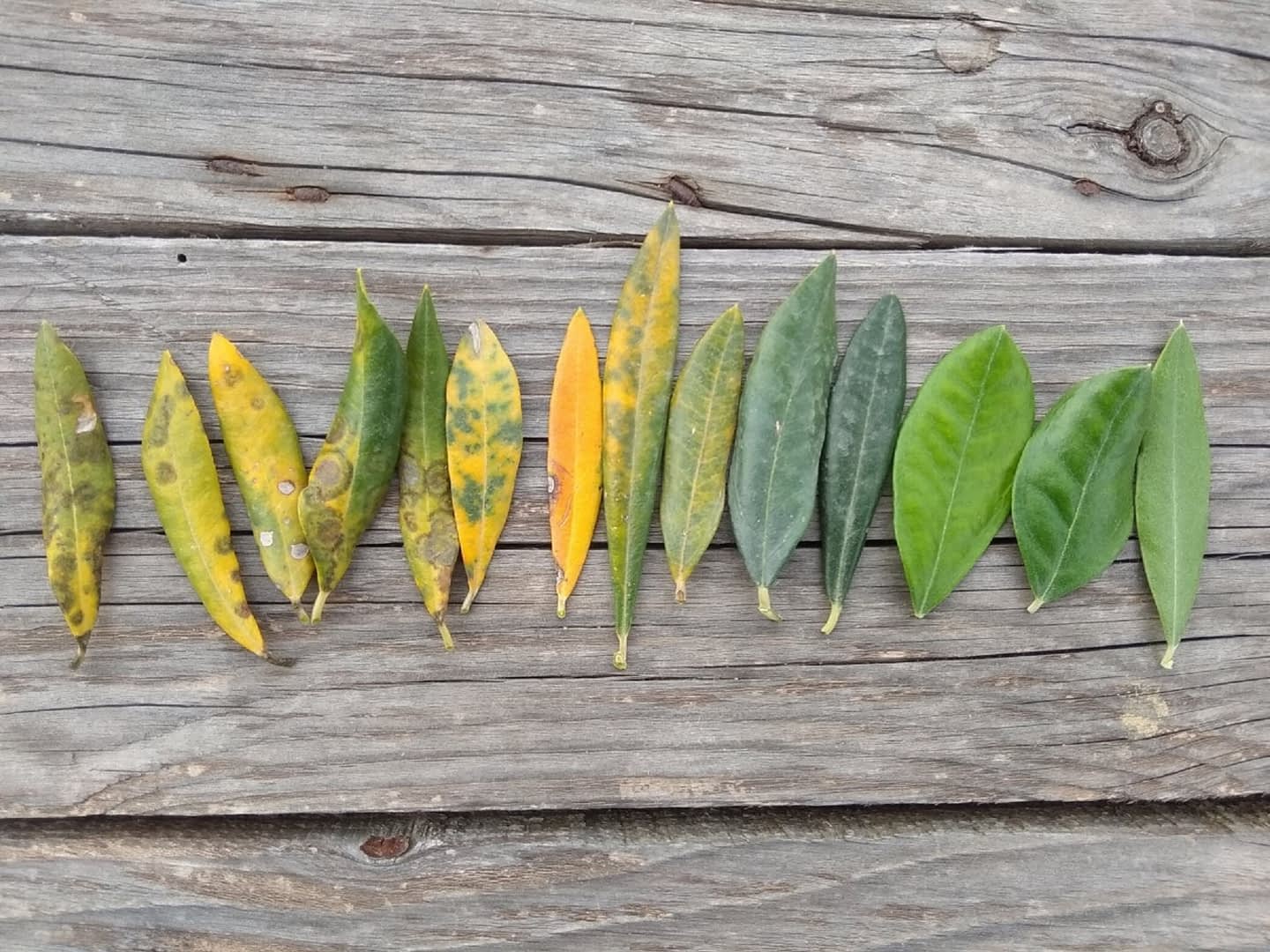
Foliar analysis of olive leaves can reveal nutrient deficiencies in olives, allowing growers to provide the necessary elements for optimal growth and yield. By conducting this analysis, growers like Mladen Dušević can receive specific recommendations for fertilization to address the needs of their trees and improve overall production.
When someone around here exaggerates or says something that’s untrue, they risk being told, “you lie like an olive flower,” whose appearance often fail to foretell harvest results.
An olive leaf, on the other hand, does not lie. Leaves can tell growers exactly what the olives are missing through foliar analysis.
See Also:As the Harvest Gets Underway in Croatia, Officials Provide Safety Tips to FarmersTwo years ago, at an olive production event in Zadar, Dalmatia, Mirjana Herak Ćustić, an agronomist from Zagreb, aroused great interest among the gathered growers.
“Analysis of olive leaves is the only true indicator of the nutritional status of olives,” she said.
Many different factors in the soil and environment can lead to nutrient blockage and soil uptake of recently planted olive trees. The most prominent of these include moisture, temperature and microorganisms.
These factors affect the yield and quality of oil, said Herak Ćustić. She pointed out that particular problems occur in alkaline soils (those with a high pH) with a lack or excess of water experiencing temperatures that are either too high or low.
The experiences of olive growers have confirmed Herak Ćustić’s claims.
“Olives don’t like anything too much and nothing too little,” says Ante Vulin, an award-winning Dalmatian olive grower.
Foliar analysis, which will reveal what olives are missing, can be done earlier in the spring to determine the nutritional status when the vegetation starts (before flowering).
It may also be done after harvest in the autumn to see what is left behind in the plant to be stored as a reserve for spring.
Thus, by determining the actual status of the nutrients in the leaf, it is possible to intervene and provide the tree with those it is missing or reduce what it does not need.
To conduct the analysis, leaf samples should be taken from several trees (preferably of the same variety) and the same agroecological conditions.
According to Herak Ćustić, the average sample should comprise about 200 grams of olive leaves from the middle of the canopy from branches with at least five to 10 olives.
Leaf analyses most often include the following elements: nitrogen, phosphorus, potassium, magnesium, calcium, iron, manganese, zinc, copper and boron. If necessary, heavy metals and other elements are also identified. A complete fertilization recommendation follows the analysis.
Mladen Dušević is one of the most well-known growers in Zadar, with 350 trees spread around the region. His son, Mato, is also an award-winning producer. However, the two were not satisfied with their Oblica yields in the past couple of years and decided to do a foliar analysis.

The Dušević family
“I sent leaf samples for analysis to the department of plant nutrition at the faculty of agriculture in Zagreb,” Dušević said. “After a week, the results of the analysis and recommendations for fertilization arrived by e‑mail.”
Based on the analysis, Herak Ćustić told the father-and-son duo that the trees lacked phosphorus, potassium, zinc and boron. However, the amounts of nitrogen, calcium, magnesium, iron, manganese and copper were adequate.
“We, therefore, suggested applying foliar fertilization of these elements as soon as possible, and repeat it two to three times during the growing season for flowering, fertilization, germination and fruit development (for which phosphorus and boron are essential) and alleviate stress due to possible high temperatures and lack of water,” Herak Ćustić told the grower and producer.
She also composed the appropriate “cocktail” for foliar fertilization for the trees.
Dissolve in 100 liters of water and mix well:
- 300 grams of Hascon Ad M 10, which contains phosphorus, potassium, boron, manganese and molybdenum;
- 100 grams of Borogreen, which contains more boron;
- 100 grams of Drin, a natural biostimulator that contains a high content of free amino acids, which are easily digestible and activate biochemical and enzymatic processes in the plant;
- 150 grams of Zinc 25, which is essential for enzymatic activity and alleviates stress.
“Foliar spraying should be done early in the morning (in the shade) so it doesn’t burn the leaf,” Herak Ćustić added.
She further clarified how foliar analysis determines the actual state of nutrients in the plant, whether there is a deficiency, excess or imbalance. She also warned that every farm is different, and treatments are likely to vary between them as a result.

“So the finding in Dušević’s olives indicates something that someone else may have, but most likely not,” Herak Ćustić said.
“In this specific example, the finding revealed an insufficient supply of phosphorus and boron, both of which are very important for flowering, fertilization and translocation of assimilates, and potassium and zinc affecting the enzymatic activity and plant resistance to stress, especially from high and low temperatures,” she added.
“That’s why this time I put together a cocktail with an emphasis on these elements,” Herak Ćustić said, which accelerates absorption, translocation and incorporation of the organic compounds upon which oil quality and yield depend.
However, she also warned that these treatments are only temporary solutions. Since the nutrients in the soil and tree can change each year, so too does the recipe of the “cocktail.”
She advised growers to do foliar analyses as soon as possible to see what their trees are missing and find the appropriate solutions, whether those are changing the type of fertilizer or cultivation method to direct intervention, such as the one done by Dušević.


